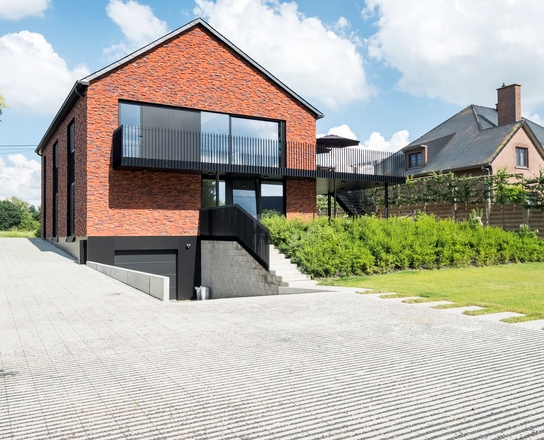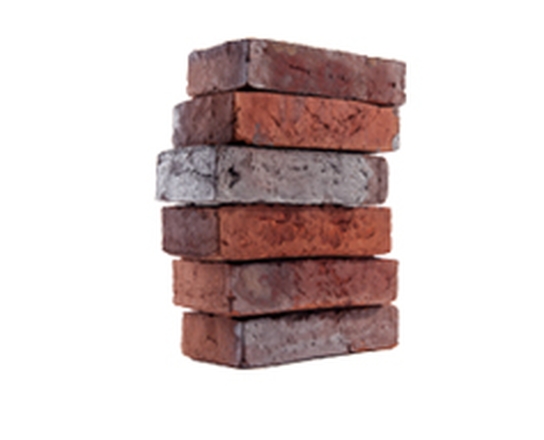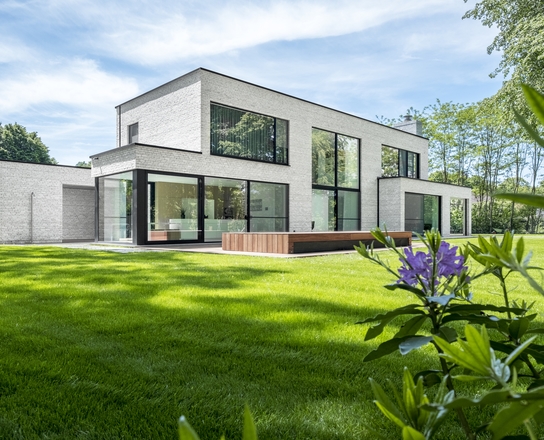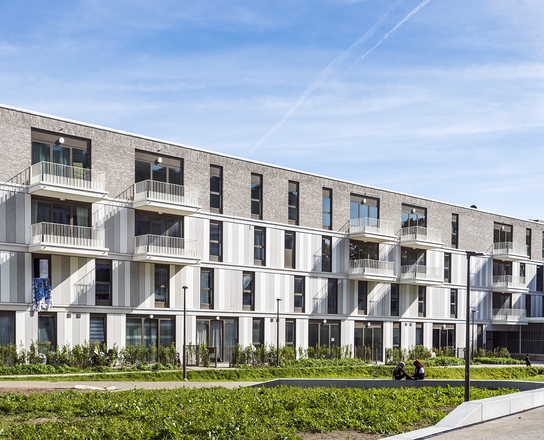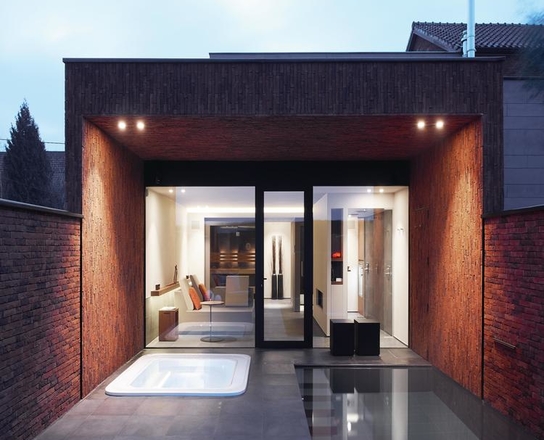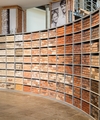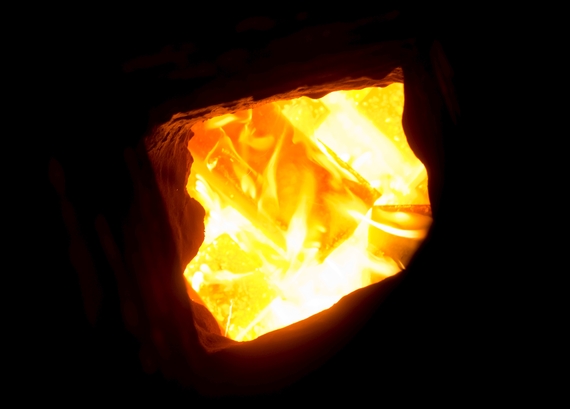
What determines the colour of a brick?
Three factors determine the colour of a brick. The clay determines the base colour, which you will see if you break the brick in two. Then there is the type of sand, engobes and mineral pigments used to cover the surface of the brick and - last but not least - the kiln atmosphere.
The colour of a brick, a question of temperature?
Kiln atmosphere refers to more than just temperature . Depending on the clay types used, there is an ideal maximum temperature that a brickmaker will always respect. Firing at too low a temperature does not produce the desired quality, while overfiring the brick can cause it to shrink too much. In addition, we also distinguish between two special techniques: the oxidising and reducing processes.
Oxidising firing process for that typical red brick look
An oxidising kiln atmosphere also has an excess of oxygen. During firing, the minerals in the clay give colour to the brick as they absorb oxygen. Iron oxide is one of the most important minerals in clay for giving colour. It is what gives that typical red colour of a brick. A calcareous clay contains more lime and gives a yellow colour. The presence of manganese oxide, by contrast, gives a brown colour to the brick..
Discover our wide range of facing bricks and choose from more than one hundred colours and styles. Every brick in our range is also available as a brick slip.
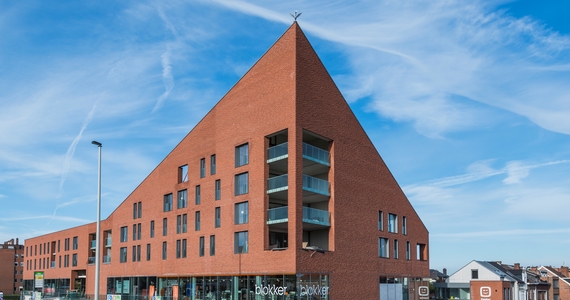
Reducing firing process for grey/green colour nuances
If the air supply is reduced while firing , there will be insufficient oxygen in the air to combust the natural gas. The lack of oxygen is then compensated by drawing oxygen from the metal oxides present, ultimately causing discolouration. In red fired facing bricks, this leads to light brown discolouration, while in yellow bricks ,this leads to grey/green colour nuances. Combined with other available techniques, this can produce a wide range of different colour effects. A short, reducing atmosphere will not colour the bricks fully but only the point at which the brick is exposed to the atmosphere.
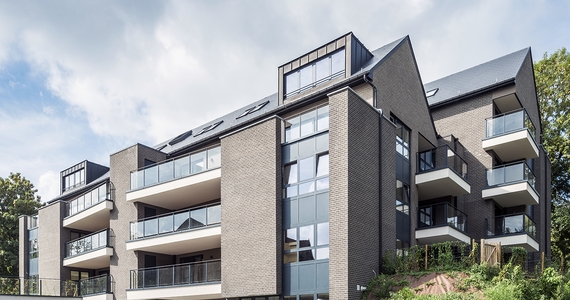
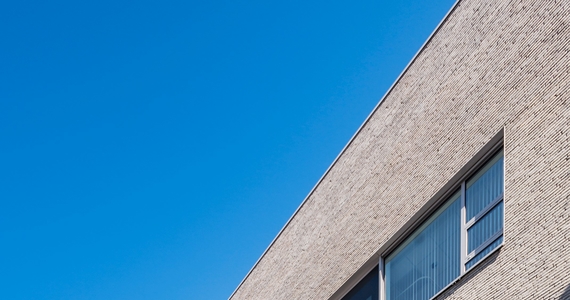
Ever heard of a braised brick?
Braisingfacing bricks is an extreme form of reducing firing. With this technique ,a previously firedbrick is placed back into a special kiln. This is not to fire the brick again, but to expose it to a prolonged, intense, reducing atmosphere. Certain types of clay, such as whitefiring Westerwald clay, give a very aesthetic deep-grey colour after braising. Take a look at the water-struck Alaska brick, a light metal-grey facing brick with soft nuances. Or the hand-form Nevado Light, where the colour varies from light grey to dark grey.
Our range of facing bricks contains more than one hundred sophisticated colours, from Perla to Black Manganese. But what’s best for your project? A red brick, a brown brick, or perhaps a grey one? We’d be happy help you choose the right one for you.


